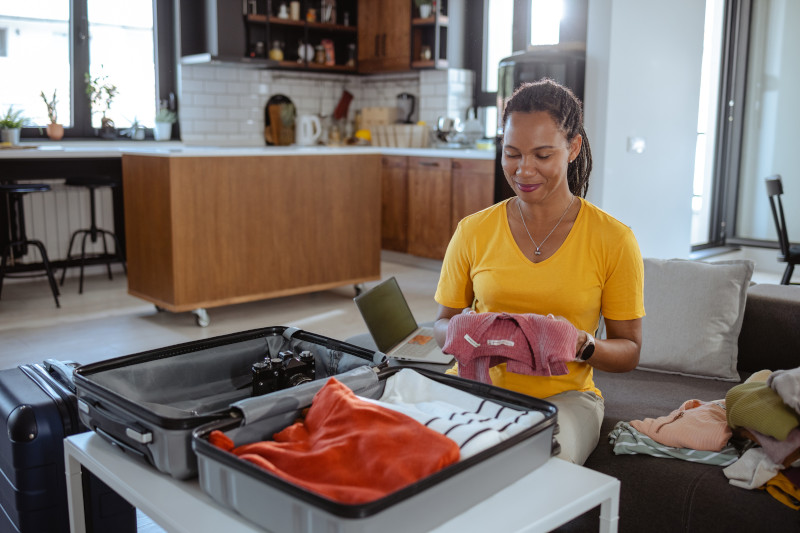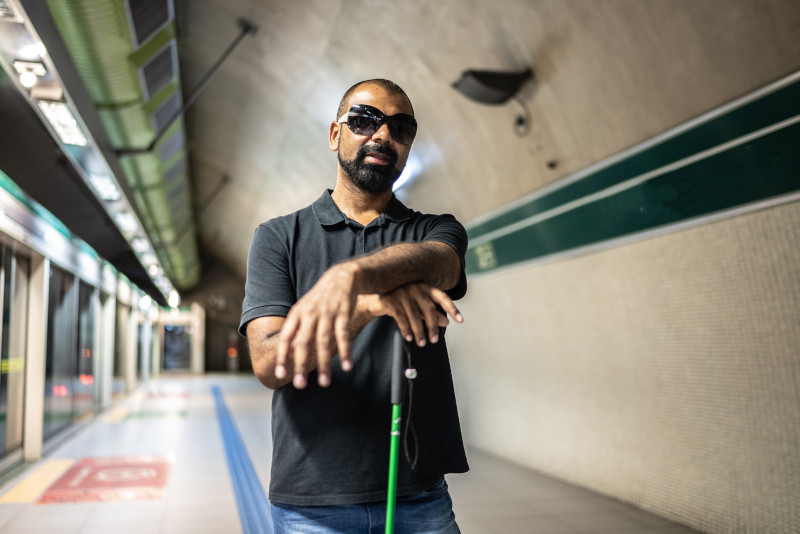AARP Hearing Center

Thinking about a trip this fall or planning a spring vacation? Here are a few tips to help you save money while traveling. The most obvious way to save is to use your airline miles and companion coupons. To maximize the use of your airline miles, aim to book your travel about a year ahead, since airlines often have a limited number of mileage tickets for each flight. Additionally, flying on Tuesday or Wednesday can be cheaper, as tickets are often less expensive on these days.
Pack light with only a carry-on and a backpack to avoid baggage fees and lost luggage. Be sure to check your airline’s carry-on rules to make sure your bags meet their size and weight restrictions. Plan clothing that you can mix and match as well as layer to stay warm and dry. Packing cubes can help you fit it all in. Ditch unnecessary items like multiple pairs of shoes, purses, and accessories.
Traveling during the off-season or shoulder seasons can help you save money and avoid crowds. These seasons will vary depending on your destination. You can often save up to $100 per night on accommodations during these less busy periods. However, it is important to check that the attractions and activities you want to experience are available, as some tours and businesses may be closed during the off-season.
Be sure to use every discount that you are eligible for, including senior and AARP membership discounts. Ask for discounts at hotels, car rental companies, cruises, trains, restaurants, museums, and tours. Anyone 62 or older can purchase a lifetime pass to national parks. If you volunteer at your local museum or botanical garden, you can often get free admission at similar institutions.
Booking a place to stay with a kitchen can save you $20 to $50 a day, depending on how many meals you prepare instead of eating out. Eat breakfast before you leave for the day and pack some snacks to eat on the go. Make lunch your main meal at a restaurant, as it is often cheaper than dinner. Carry an insulated water bottle to avoid the cost of buying beverages.

Public transportation is easy to use in many cities. While planning your trip, explore public transportation options. Many systems now offer apps with trip planners that provide directions, track your journey, and show you the cost of the trip. Using public transportation is both environmentally friendly and allows you to experience more of the local culture.
To find free activities in your travel destination, start by searching online for “free things to do” in that area. You might discover free concerts in parks, museums with free admission on certain days, and downloadable walking tours from visitors bureaus. For unique and unusual attractions, visit “Atlas Obscura” and click on “Places” to see a map of interesting spots to explore. You can save money and find the area’s hidden gems.
Taking steps to protect your savings and identity while traveling can also make your money go further. Before traveling, make copies of your driver’s license, passport, credit and debit cards, and other important documents. Keep these copies in your carry-on bag in case the originals are lost or stolen and leave copies with a trusted family member for emergency access. Save the toll-free numbers for credit cards and your bank in your phone, so that if there is an issue, you have instant access to report the loss. Avoid using public Wi-Fi in airports, hotels, restaurants, and cafés. While it is convenient, it comes with security risks. Instead, purchase a mobile hotspot for your phone. Avoid using public USB charging ports at airports or other public places. Only use a portable charger or a power outlet with your own cord.
To wrap up, remember that careful planning and savvy decisions can make your travels both enjoyable and affordable. Using these strategies, you can stretch your travel budget further and create lasting memories. Safe travels and happy adventures!































































